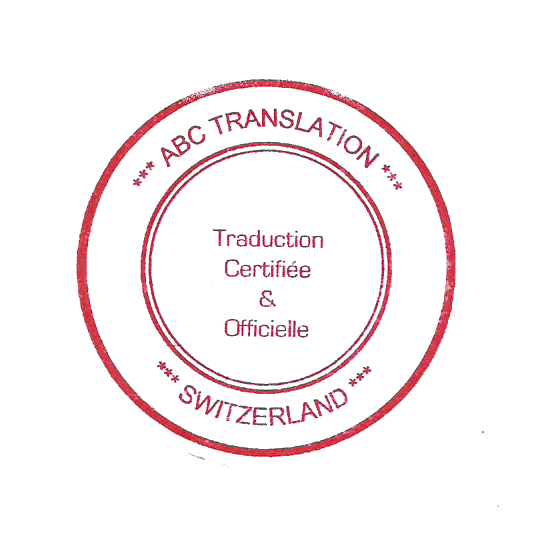The Ethical Concerns of AI in Translation: Bias, Data Security, and Language Preservation
Artificial Intelligence is transforming translation, making it faster, cheaper, and more scalable than ever before. However, as we’ve explored in our previous articles, AI is not without its challenges. Beyond issues of accuracy and nuance, the ethical implications of AI in translation present some of the biggest concerns for businesses, linguists, and global communities.
This article explores three critical ethical concerns: bias in AI translations, data security risks, and the impact of AI on endangered languages.
1. Bias in AI Translation: Can Machines Be Truly Neutral?
AI is often seen as objective, but the reality is far from it. Machine translation models learn from the data they are trained on, meaning they can reflect and even amplify existing biases.
Gender Bias in AI Translations
Many languages, including English, have gender-neutral words (e.g., “doctor,” “nurse,” “engineer”). However, AI-powered translation tools often introduce gender assumptions based on historical patterns in their training data. For example:
- Translating “a doctor” from English to Spanish often results in “un doctor” (male doctor) rather than “una doctora” (female doctor).
- “A nurse” is more likely to be translated as “une infirmière” (female nurse) in French, reinforcing gender stereotypes.
These biases can have real-world consequences, particularly in job descriptions, educational materials, and legal documents, potentially reinforcing outdated stereotypes in different cultures.
Cultural and Political Bias
AI translation models often favor dominant languages and cultures, leading to potential misinterpretations of culturally sensitive content. Political terminology, social issues, and historical events can be framed differently depending on the AI’s training data, raising concerns about misinformation and ideological bias.
Mitigating Bias in AI Translation
- Ongoing human oversight is essential to identify and correct biased translations.
- AI developers must use diverse and representative training datasets to reduce bias.
- Businesses should be aware of potential bias when using AI-driven translations for official documents, media, and global communications.
2. Data Security & Privacy Risks in AI Translation
With the rise of AI-powered translation platforms, businesses, governments, and individuals regularly input confidential information into cloud-based systems. But how secure is this data?
The Risks of Free Online Translation Tools
Many businesses unknowingly compromise sensitive information by using free AI translation tools without realizing that their data may be stored, analyzed, or even shared with third parties. This is particularly risky for:
- Legal contracts and agreements
- Medical records and patient data
- Internal corporate communications
In some cases, large organizations have banned the use of free AI translation tools due to privacy concerns, as was the case with major banks and legal firms worried about regulatory compliance.
AI and Data Storage Concerns
Many AI models store past translations to improve accuracy over time, but this raises questions about:
- Who owns the translated data?
- How long is the data stored?
- Is the data being used for further AI training without consent?
Best Practices for Secure AI Translation Use
- Businesses handling confidential information should use on-premise AI translation solutions rather than cloud-based public tools.
- AI developers should implement strong encryption and anonymization methods to protect user data.
- Companies should ensure GDPR and other regulatory compliance when translating sensitive materials.
3. AI’s Impact on Endangered Languages
With over 7,000 languages spoken worldwide, AI translation tools primarily focus on high-demand languages such as English, Spanish, and Mandarin. This presents a significant challenge: the digital divide is growing between widely spoken languages and those at risk of extinction.
Why AI Ignores Many Languages
AI translation models require large datasets to learn effectively. Many endangered languages lack sufficient digital resources, making it difficult for AI to develop accurate translations. This means:
- Indigenous and minority languages are often excluded from AI-powered translation tools.
- Communities speaking lesser-known languages may become more dependent on dominant languages, leading to language erosion over time.
The Fight to Preserve Linguistic Diversity
Some organizations are working to train AI models on endangered languages before they disappear. Notably:
- Google’s AI team has worked on low-resource language translation by collecting more diverse data.
- UNESCO is partnering with researchers to digitize and preserve indigenous languages through AI-powered linguistic documentation.
What Can Be Done?
- Governments and institutions should fund AI research to develop translation models for underrepresented languages.
- Linguists and AI developers must collaborate to create better low-resource language datasets.
- Businesses and translators should advocate for inclusive AI development to prevent language extinction in the digital age.
Pros & Cons of AI in Ethical Translation
Pros:
- AI translation can bridge language gaps quickly, providing accessibility for millions of users.
- Machine learning models improve over time, meaning AI can adapt to reduce bias with the right oversight.
- AI can assist in preserving endangered languages by documenting and digitizing them before they disappear.
Cons:
- AI still struggles with bias and stereotypes, reinforcing outdated assumptions in translation.
- Free AI translation tools pose security risks, making them unsuitable for confidential information.
- Lesser-known languages remain at risk of being left behind, as AI models prioritize widely spoken languages.
Final Thoughts
AI is revolutionizing translation, but with great power comes great responsibility. Businesses, linguists, and tech developers must address bias, security, and linguistic diversity to ensure AI translation is ethical, inclusive, and safe for global communication.
While AI continues to advance, human expertise is still essential in ensuring translations are accurate, unbiased, and culturally sensitive. The best way forward is a collaborative approach, where AI enhances human capabilities rather than replacing them (The Ethical Concerns of AI in Translation).
This concludes our AI & Translation series, but the conversation is far from over. What are your thoughts on AI ethics in translation? Share your perspective in the comments!





